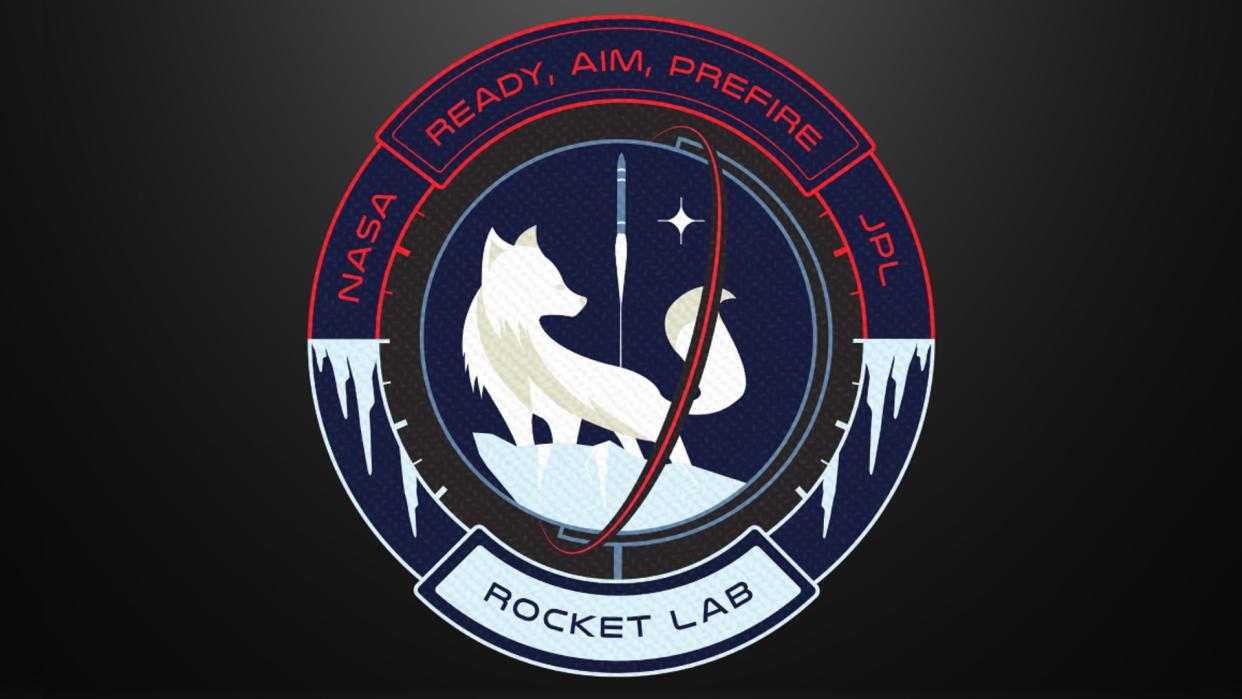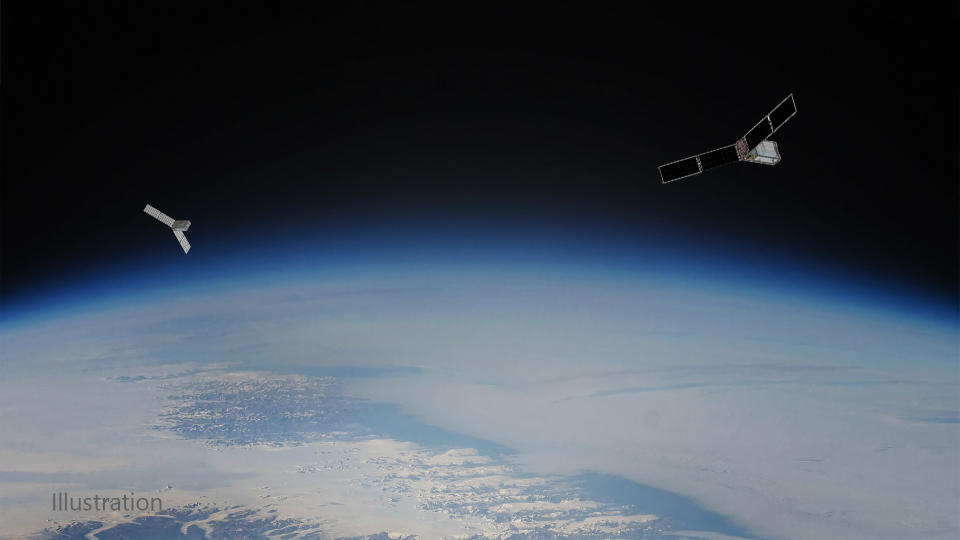NASA selects Rocket Lab for back-to-back climate change research launches

One of NASA's latest climate change missions will soon head to space on Rocket Lab's Electron rocket.
Rocket Lab shared this week that planning continues for two back-to-back launches taking that will send NASA's PREFIRE (Polar Radiant Energy in the Far-InfraRed Experiment) mission to space from the company's Launch Complex 1 in Māhia, New Zealan. Aboard each rocket will be a cubesat that will circle the globe at an altitude between 292 and 403 miles (470 and 650 kilometers) in near-polar orbits.
The first launch is scheduled no earlier than May 22 and after the successful deployment of "Ready, Aim, PREFIRE," the second, deemed "PREFIRE and ICE", will follow within three weeks. These two launches will be Rocket Lab's sixth and seventh of the year and the 48th and 49th Electron launches to date.
Related: NASA's twin spacecraft will go to the ends of the Earth to combat climate change
"It's these types of missions where Electron really thrives as the leading launch provider for dedicated small satellite missions," Peter Beck, Rocket Lab CEO and founder, said in a statement. "We have an excellent track record of delivering NASA's payloads to exactly where they need to go and when they need to, and we're looking forward to adding to that tally further with these next back-to-back launches."
The 10-month PREFIRE mission will focus on climate change by taking measurements that can only be obtained from space, measuring the amount of heat Earth loses from its polar regions. Once in near-polar, or asynchronous orbit, each of the PREFIRE satellites will gather information from their onboard sensors, which are far more sensitive than previous spacecraft, enabling scientists to learn more about polar heat emissions in the far infrared.

According to a statement from NASA's Jet Propulsion Lab, the Arctic has warmed more than 2.5 times faster than the rest of the planet with roughly 60% of the energy that's released into space not measured efficiently.
The PREFIRE mission will help add the remaining puzzle pieces to the Arctic heating mystery so scientists can pinpoint which specific regions of the polar environment could be the culprit for the heat loss. The data will also contribute to improving climate models and forecast changes that result from global warming.
RELATED STORIES:
— US Space Force picks Rocket Lab for 2025 Victus Haze space domain awareness mission
— Rocket Lab launches new NASA solar sail tech to orbit (video, photos)
— Rocket Lab gearing up to refly Electron booster for 1st time
"Helping climate scientists better understand climate change means they need precisely located measurements of Earth's polar heat loss, which NASA's PREFIRE mission is setting out to achieve, and helping the PREFIRE mission achieve its science objectives means its satellites need precise and accurate deployments to their locations in space," Beck added in Rocket Lab's statement.
This is not the first time Rocket Lab has used Electron for NASA science and technology missions; it also was part of the CAPSTONE mission to the moon in June 2022, the TROPICS mission in May 2023, the NASA Starling mission in July 2023, and NASA's upcoming ACS3 rideshare mission.

